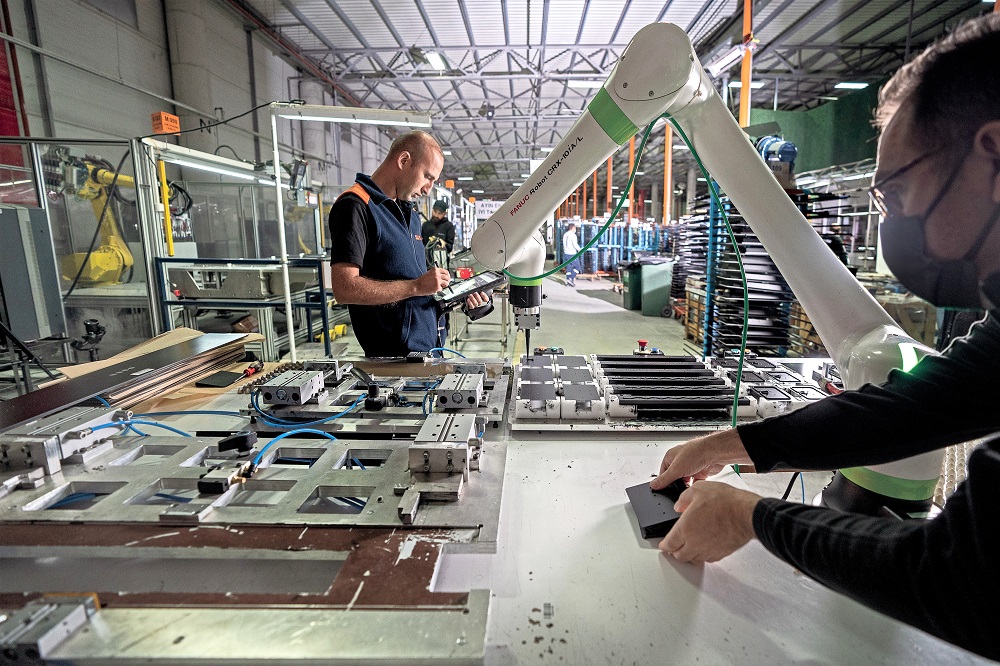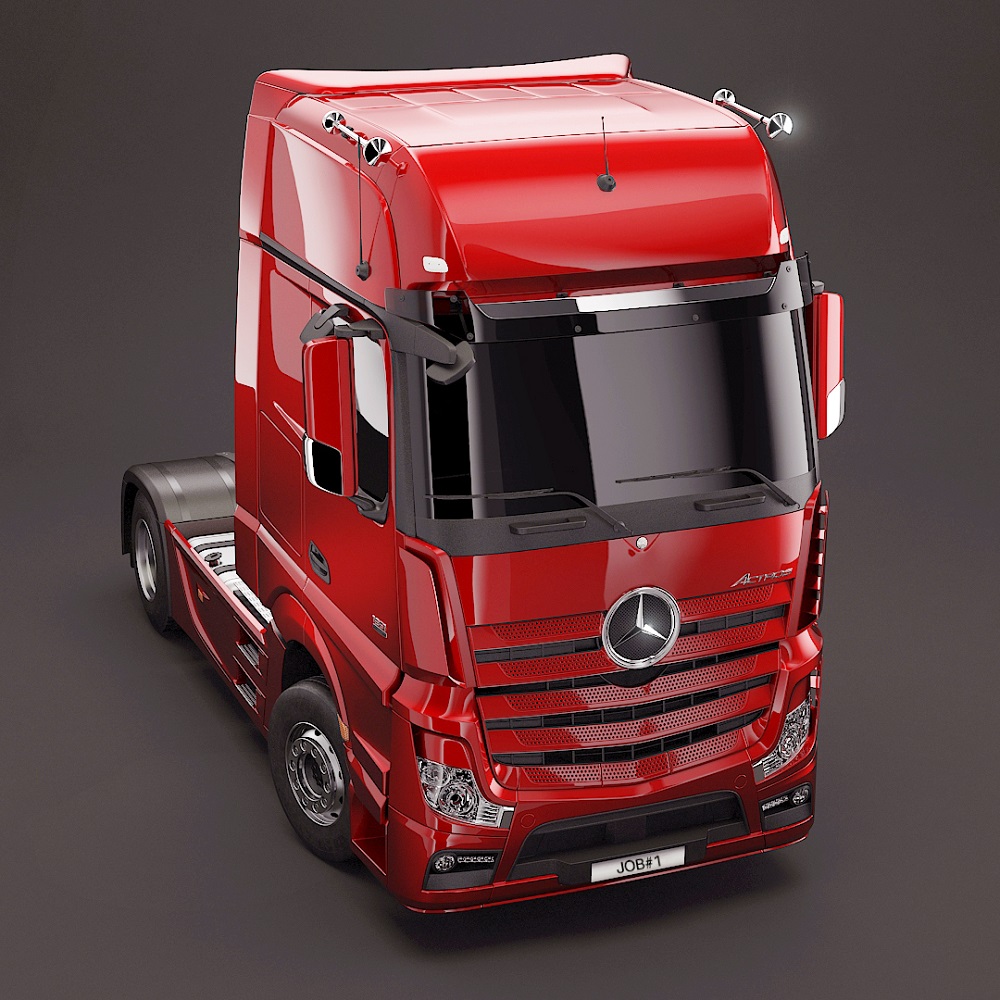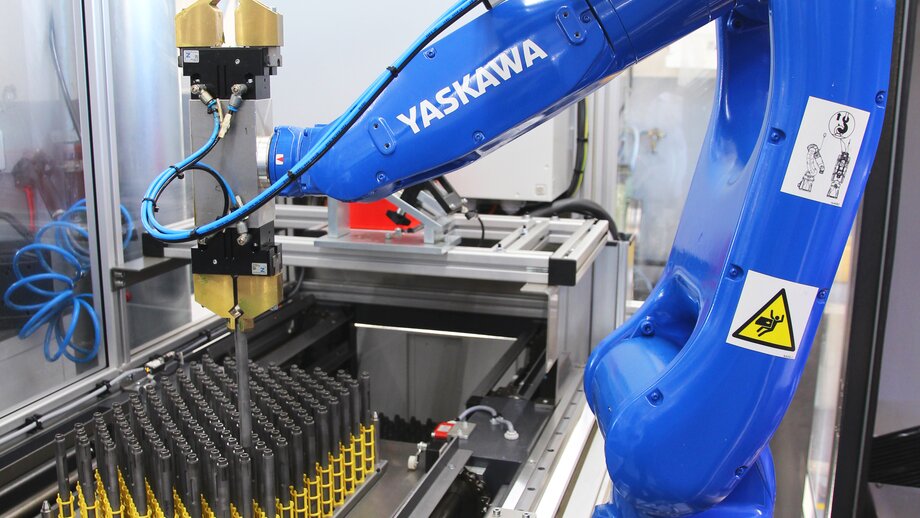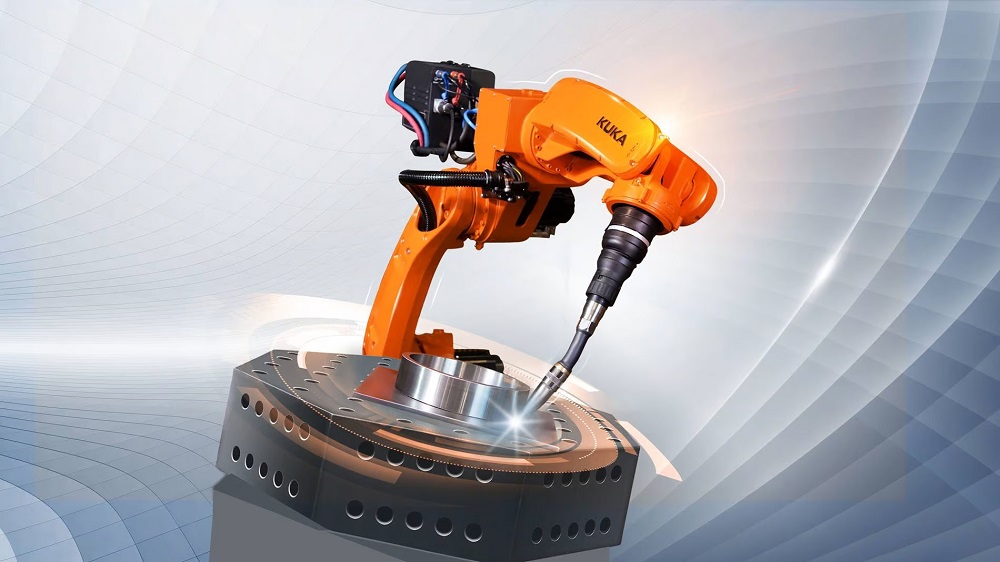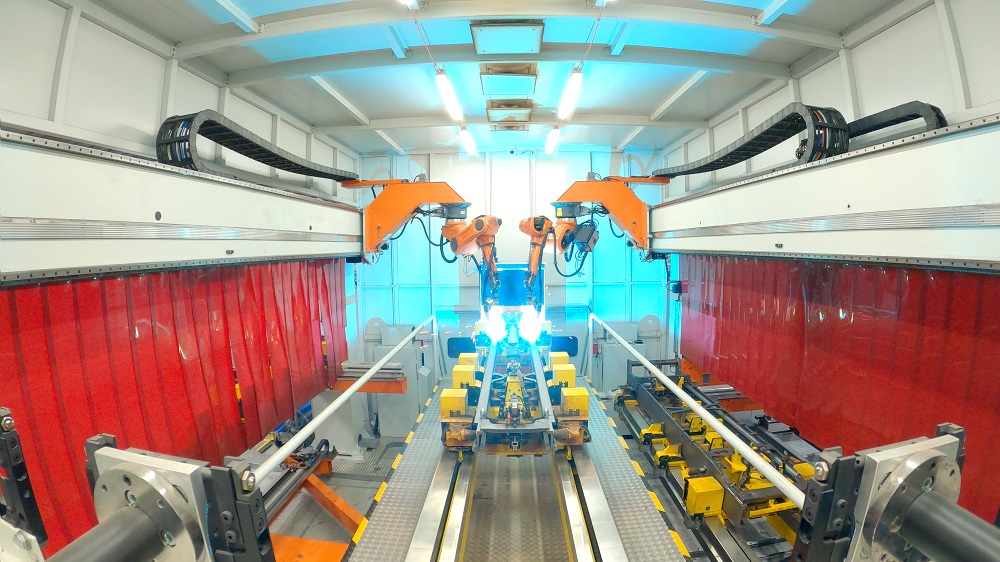Robot manufacturer FANUC is supporting the development of an empathetic robot for use in industrial tasks. The EU‐funded research project “Fluently”, led by Roboverse Reply, aims to create a robot platform that enables true social collaboration between humans and machines.
The objective of the three-year project is to develop an advanced AI‐based wearable device for operators and robots, as well as a dedicated training centre called ‘The Fluently RoboGym’, where factory workers and robots will train smooth interaction in industrial processes.
A total of 22 partners from science and industry are involved in the project, which is supported by Horizon Europe, the EU’s most important funding programme for research and innovation. The Automation, Robots and Machine Laboratory within the Swiss University of Applied Sciences (SUPSI) is responsible for technical co-ordination.
“Workers are often exposed to high cognitive or physical loads,” explains Professor Anna Valente, head of SUPSI’s Laboratory of Automation, Robotics and Machines. “When a human works closely with a robot, it’s important that the robot recognises the human’s feelings and responds accordingly, by adjusting its dynamics, for example.”
‘Fluently’ researchers are concentrating their development work on three value chains that are instrumental for the European economy: the dismantling and recycling of batteries for e‐bikes and electric vehicles; inspection and assembly processes in the aerospace industry; and the refurbishment of highly complex industrial parts via laser processing.
Robots could in future relieve workers at least partially from the stress involved in these processes and take over some of the more time‐consuming tasks. This outcome would help to preserve the competencies and experience of workers while simultaneously leading to potential upskilling activities.
For further information www.fanuc.eu






